
The temple is quiet. The fragrance of oil, incense, flowers and sandal paste lingers in the air. The world is ready to ease into rest and slumber, but within the temple a new world now opens up before a few that seek it. After a long day of giving darshan to devotees, Bhagavan will now come out to dance.
Krishnanattam, or Krishna's dance, is a dance drama that celebrates the life of Krishna in eight parts, performed every night within the temple. The performance takes place on the north-west side of the temple, right outside the door through which devotees exit after praying at the sanctum. At dusk, just after the deeparadhana worship with lamps, the 'keli' or percussive announcement begins as a precursor to the performance. Following this the artistes start getting ready. After 9 pm the central oil lamp called the kali vilakku is lit. The percussion instruments thoppi maddalam and shuddha maddalam and idiophone instruments chengila and ilathalam are placed in front of this lamp. Before the performance all artistes, including the one who plays Krishna, touch the instruments reverentially by way of seeking blessing. The musicians and drummers pick up their respective instruments. They play the keli. On cue, two stage hands hold up a multicoloured rectangular curtain behind the lamp and in front of the musicians. Behind this curtain is the sacred space of the dance. Four female characters enter this space, touch the sacred ground and dance the thodayam behind the curtain. This is to invoke the blessings of Ganapati, Vishnu and Devi and is not meant to be watched by the audience. It is then that Krishna’s story begins.
This story is from the August 2022 edition of The Vedanta Kesari.
Start your 7-day Magzter GOLD free trial to access thousands of curated premium stories, and 9,000+ magazines and newspapers.
Already a subscriber ? Sign In
This story is from the August 2022 edition of The Vedanta Kesari.
Start your 7-day Magzter GOLD free trial to access thousands of curated premium stories, and 9,000+ magazines and newspapers.
Already a subscriber? Sign In
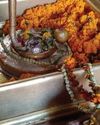
Panchakroshi Parikrama of Varanasi
At the snow-capped Kailas, the Divine Lord Shiva was seated with Mother Parvati.
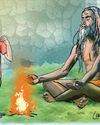
Gadai and the Monks
A fictional narrative based on incidents from the childhood of Sri Ramakrishna.
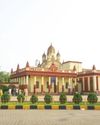
Chintayo momo maanosho Hori...
Sri Ramakrishna loved songs. There probably was no normal day when he did not sing some songs.
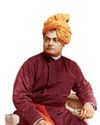
The Vedanta Vaccine
The world is still struggling under the impact of the pandemic due to Covid-19 for the last three years.

Chandrakirti's Chariot: Self in Madhyamaka Buddhism and Advaita Vedanta
The goal in Advaita Vedanta is the cessation of suffering and the attainment of true fulfillment. Suffering, according to this school, is due to ignorance of the true nature of the self and consequent erroneous identification with the body-mind.
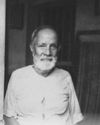
Reminiscences of Sargachhi
Question: यद्यदाचरतत श्रेष्ठसतत्तदरेवरेतरो जनिः। ‘Whatever a superior person does, others do the same thing!’ (Gita 3:21) – What does this statement mean?
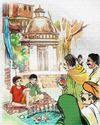
THE AUTUMN FESTIVAL
A fictional narrative based on incidents from the childhood of Sri Ramakrishna.

Bards of Guruvayur: Vilwamangalam II
Saints of India
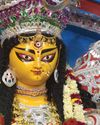
In the Universal Mother’s Divine Playground
Swami Vivekananda never taught the worship of Mother Kali. In a letter to Mary Hale he writes, “Kali worship is not a necessary step in any religion.
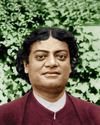
Swami Vivekananda: A Sportsman Par Excellence
In various books and articles, Swami Vivekananda has been called a spiritual leader, a prophet, a patriot, a social reformer, a philosopher, a yogi, a writer, an orator, an educationist, a musician, and so on.